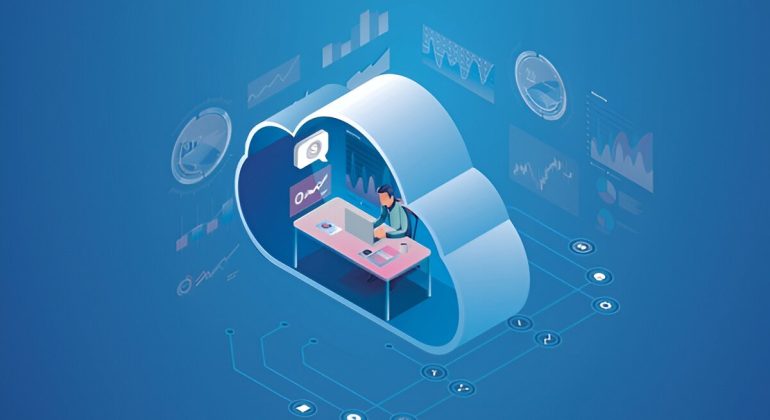What Is ERP Purchase Management Software & Why Does Your Business Need It?
Management of purchasing in a developing company might be difficult. Manual tracking of orders, suppliers, and expenses usually results in mistakes, delays, and ineffective results. This is where ERP Purchase Management Software comes in.
The correct ERP system will help companies simplify purchasing, manage expenses, and enhance supplier relationships. But what exactly is ERP purchase management software, and how may it help your company? Let’s dig right in.
What Is ERP Purchase Management Software?
ERP purchase management software is a solution that helps businesses control and automate their buying operations. In one system, it combines procurement, supplier management, inventory control, and financial reporting.
Using an ERP system would help companies handle everything from purchase requests to supplier payments in one location rather than spreadsheets or several tools. This would ensure improved transparency, cost management, and efficiency in buying operations.
Key Features of ERP Purchase Management Software
A good ERP purchase management software offers various features to simplify procurement. Here are the essential functions:
1. Automated Purchase Requests & Approvals
The software lets staff members quickly and smoothly communicate purchase requests. Approvals are determined by roles, so only the appropriate persons may authorize spending, thereby controlling expenses.
2. Supplier & Vendor Management
It makes managing contacts, prices, and prior orders simple as it aggregates all supplier data in one location. Tracking supplier performance also ensures you engage with the most trustworthy suppliers and guarantees your business runs as it should.
3. Purchase Order (PO) Automation
The software guarantees that stock levels are always maintained by automatically generating purchase orders depending on inventory demands. This speeds up and more effectively orders as it not only saves time but also lowers human mistakes.
4. Real-Time Inventory Tracking
It helps make sure that purchases match the available stock, so businesses don’t end up buying too much or running out of important materials when they’re needed the most.
Why Does Your Business Need ERP Purchase Management Software?
Now that we understand what ERP purchase management software is, let’s explore why businesses should invest in it.
1. Eliminates Manual Errors
Handling purchases manually might result in pricing errors, duplicate entries, and missing orders. An ERP system improves accuracy by automating the whole process.
2. Saves Time & Increases Efficiency
Automated approvals, purchase orders, and real-time tracking can companies save hours of time-consuming manual work. Employees can concentrate on more significant projects instead of endless paperwork.
3. Improves Supplier Relationships
Organized supplier databases help companies to trace prior transactions, negotiate better terms, and guarantee timely payments. This enhances long-term supplier ties.
4. Enhances Budget Control
Businesses can monitor spending in real time and avoid unnecessary expenses. Custom-approved procedures ensure that purchases fall within budget.
5. Reduces Inventory Issues
ERP links purchases with inventory levels therefore preventing over-ordering or supply shortages. This maintains a cost-effective and efficient supply chain.
How to Choose the Right ERP Purchase Management Software?
With so many ERP solutions available, choosing the right one can be overwhelming. Here are some key factors to consider:
1. User-Friendly Interface
The software should be easy to use, even for employees who are not tech-savvy.
2. Customizable Approval Workflows
Ensure the system allows custom approval hierarchies to control spending effectively.
3. Real-Time Data & Reporting
Look for software that offers real-time insights into purchases, supplier performance, and
budgets.
4. Seamless Integration
The ERP system should integrate with accounting, inventory, and finance tools to create a smooth workflow.
5. Cloud-Based vs. On-Premise
Decide whether a cloud-based ERP (accessible from anywhere) or an on-premise system (installed locally) suits your business needs.
Final Thoughts
Managing expenses effectively is crucial for business success. With ERP Purchase Management Software, you can:
- Automate procurement processes and eliminate manual errors.
- Improve supplier relationships and get better deals.
- Track inventory in real-time to avoid overstocking or shortages.
- Control spending and stay within budget with approval workflows.
- Make data-driven decisions with detailed analytics.
If your business is still using manual spreadsheets or outdated systems, it’s time to switch to ERP solutions. With the right software, you can save time, cut costs, and make purchasing easier and more efficient. FINAC makes it simple to manage your purchases—get in touch today to see how it can help your business!







Recent Comments